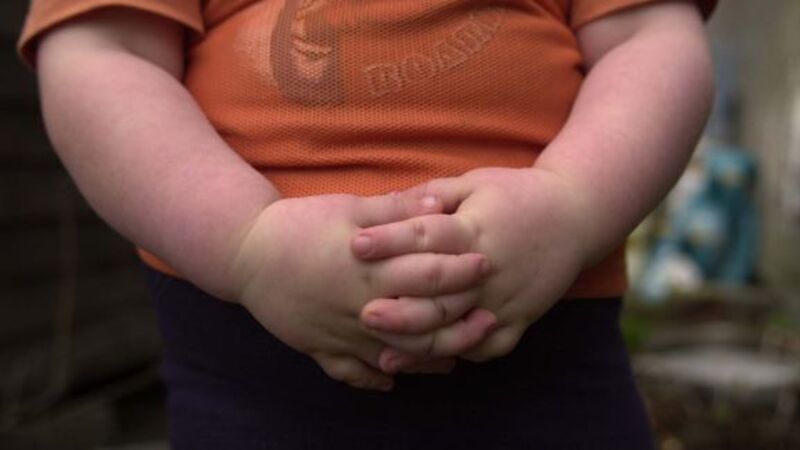Obvious warning signs of child obesity

A. To find out whether a child is either overweight or obese, parents should have their child’s body mass index (BMI) calculated. This can be done online or in GP surgeries.
Professor Paul Gately, professor of exercise and obesity at Leeds Beckett University, said the BMI calculator is the best indicator of obesity, saying the likelihood of an inaccurate result in children is very low.
Anna Groom, a specialist paediatric dietitian, said another way to keep an eye on your child’s weight is to be aware of what size of clothes they are wearing.
If they are wearing clothes designed for a much older child — for example a five-year-old wearing clothes for children aged 10-12 — then it would be a good idea to contact the health visitor or GP surgery for support and advice, but she said:
“Please note this is not always the case as sometimes a tall child of a healthy weight will require older children’s clothes due to leg length without indicating they are overweight.”
A. It is important to be aware of your child’s weight and try to prevent obesity. Ms Groom said this can be done by encouraging healthy eating with a positive attitude towards food and taking regular physical activity.
“If your child’s weight is having an impact on their daily living such as keeping up with friends at school, if the child has worries or concerns about their weight, if the child is unhappy about their weight, if there are medical concerns regarding overweight-related asthma or high blood pressure then it is important to seek help,” she said.

A. Waist circumference.
“A high waist circumference and a BMI above the 98th percentile indicates obesity,” she said.
As Prof Gately said it is important to look at the scenario from a positive and pro-active perspective — limiting the amount of time spent watching television, encouraging the child to be out with their friends more and encouraging access to healthy food in the home, rather than just focusing on the scales.
He said it is about re-organising the child’s environment, in the home and outside.
He also highlighted the importance of equality and fairness, and referring to families that have two children where one is overweight, he said:
“They should be trying to get both of them out together to do something, because both of them will benefit from that positive healthy activity”. Ms Groom also said it is important that dietary changes are adopted within the family to provide positive support and encouragement.
“It is a good idea to limit treat days but still include them maybe once or twice per week (depending on current intake) as sometimes completely taking a treat food out of the diet may lead to increased portion size being eaten when they are allowed.”
Ms Groom said children under 18 should be active for at least 60 minutes every day.
A. Prof Gately said it is important not to have a knee-jerk reaction, saying it takes time for the child to gain weight and time for them to lose the weight.
Ms Groom again highlighted the importance of the entire family working together.
She said: “I would usually recommend that families change habits as a whole as this prevents conversations such as ‘I’m having this for dinner but you are not allowed it’.












